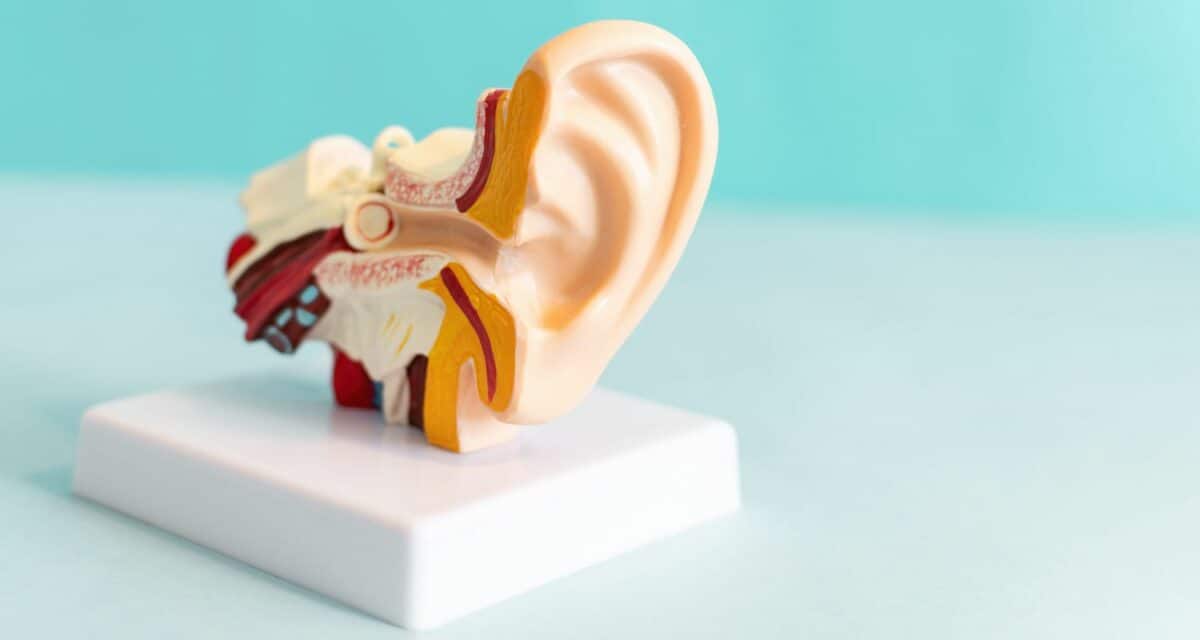Imagine trying to walk on a tightrope. Now imagine trying to walk on that tightrope with your eyes closed. This is what it feels like to have a balance disorder – a constant feeling of uncertainty and instability.
The balance system is one of the most important functions of the human body. It allows us to stand, walk, and move without falling. However, as we age, our balance system can deteriorate, making us more susceptible to falls and injuries. But did you know that our ears play a crucial role in maintaining our balance? The good news is that by understanding the role of the ears in the balance system, we can take steps to protect ourselves and maintain our independence.
In this article, we’ll explore the intricate connection between our ears and the balance system and how early treatment can help maintain a healthy and active lifestyle.
The Anatomy of the Ear
The inner ear is a complex system of canals and structures that are responsible for our sense of balance. The vestibular system, located in the inner ear, is responsible for detecting the position and movement of our head. The vestibular system works together with the visual system and the proprioceptive system (which tells us where our body parts are in space) to give us a sense of balance and spatial orientation.
The vestibular system communicates with the brain through nerve signals. These signals tell the brain about the position and movement of our head and provide information on how to adjust our posture and movements to maintain balance.
The Vestibular System
The vestibular system is responsible for detecting the position and movement of our head. It works together with the visual and proprioceptive systems to give us a sense of balance and spatial orientation. This is why when we close our eyes, it becomes more difficult to maintain our balance. Without the visual cues, the vestibular system has to work harder to keep us steady.
The vestibular system also plays a key role in the reflexes that help us maintain balance. For example, when we lean to one side, the vestibular system sends a signal to the muscles on the opposite side to activate, helping us to stay upright. This reflex is known as the vestibulo-ocular reflex and it is what allows us to keep our eyes focused on a stationary object while our head is moving.
Study finds link between good hearing and improved balance
Research from the Washington University School of Medicine shows that you don’t just use the semicircular canals to keep your balance. You also use sound signals to figure out where you are in space.
14 people between the ages of 65 and 91 took part in the study. Standard balance tests were used to measure each participant’s postural balance both with and without their hearing aids. When everyone wore their hearing aids, they all had a much better sense of balance.
Professor of otolaryngology and lead author Timothy E. Hullar said, “The participants seemed to be using the sounds coming through their hearing aids as auditory landmarks or reference points to keep their balance. This study shows that opening your ears can also tell you something about your balance,”
This study suggests that you need to be able to hear well and pay attention to what your inner ear tells you to stay balanced when you move around. If you have a good sense of balance and can quickly adjust to changes in position, you are less likely to fall.
Early Treatment
Treatment of balance disorders can include physical therapy, medication, and, in some cases, surgery. Early diagnosis and treatment can help to minimize the symptoms and improve the quality of life. It is important to seek medical help if you are experiencing symptoms of a balance disorder.
Our ears play a crucial role in maintaining our balance. By understanding the connection between our ears and the balance system, we can take steps to reduce the risk of falls and accidents.
Ready to stay on a more even footing as you get older? Contact us today to set up an appointment.

